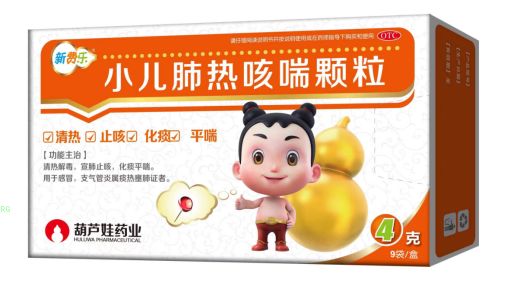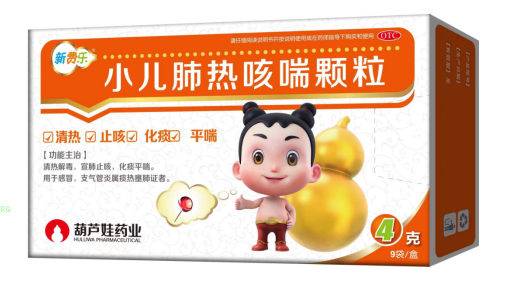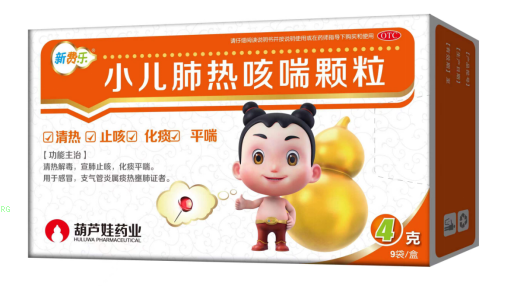In daily life, we often hear the words "hyperglycemia" and "diabetes", but many people are not clear about the difference between hyperglycemia and diabetes, even think that they are the same. Although both hyperglycemia and diabetes are related to the blood sugar level, they have significant differences in many aspects. Today I will introduce the differences between high blood sugar and diabetes.
I. The difference between hyperglycemia and diabetes
Hyperglycemia, as its name implies, means that the glucose content in the blood is higher than the normal range. It may be caused by various factors, including short-term intake of high sugar foods, stress states (such as surgery, infection), medication effects, etc. Hyperglycemia may be temporary, or it may be a manifestation of pre diabetes.
diabetes is a metabolic disease characterized by chronic hyperglycemia, which is mainly caused by insulin secretion defect or dysfunction. Type 1 diabetes usually results in absolute insulin deficiency due to destruction of islet β cells, while type 2 diabetes has insulin resistance with insufficient secretion. Diabetes is a lifelong disease, which needs long-term management.
II. The difference between symptoms and diagnosis of hyperglycemia and diabetes
The symptoms of hyperglycemia may not be obvious, especially when the blood sugar increases slightly. Patients may only experience mild thirst, fatigue, or frequent urination. The symptoms of diabetes are more typical, including "more than three and less" (more drink, more food, more urine, weight loss). If it is not controlled for a long time, complications such as retinopathy and diabetes foot may occur. In terms of diagnosis, the diagnosis of hyperglycemia is relatively simple and can generally be determined through a single blood glucose test. If fasting blood glucose is ≥ 6.1mmol/L or postprandial blood glucose is ≥ 7.8mmol/L, it can be diagnosed as hyperglycemia. The diagnosis of diabetes is more strict, and it needs to meet one of the conditions of fasting blood glucose ≥ 7.0 mmol/L or blood glucose ≥ 11.1 mmol/L two hours after meal, or random blood glucose ≥ 11.1 mmol/L with typical symptoms of diabetes, or glycosylated hemoglobin ≥ 6.5%.
So, what are the differences between hyperglycemia and diabetes? From the perspective of symptoms and diagnosis, hyperglycemia may have no obvious symptoms or mild symptoms, while diabetes has typical "three more and less" symptoms, and the diagnostic criteria are more stringent. If there is a problem of high blood sugar in daily life, one should go to the hospital for examination in a timely manner. Once diagnosed as diabetes, timely treatment is needed. At present, one of the main therapeutic drugs for type 2 diabetes is metformin, which has a unique hypoglycemic mechanism. It can not only directly reduce blood sugar, but also improve insulin resistance, regulate blood lipids, reduce weight, and reduce the risk of cardiovascular events. However, metformin regular tablets need to be taken 2-3 times a day, and the blood drug concentration fluctuates greatly, which can easily lead to fluctuating blood sugar levels; Although regular sustained-release tablets can prolong the release time, there is still a peak valley phenomenon.
And with the iteration of drug technology, the third-generation osmotic pump controlled release metformin - Nida ® Metformin hydrochloride sustained-release tablets (III) further optimized the efficacy and safety of traditional metformin. Nida ® Metformin hydrochloride sustained-release tablets achieve 24-hour constant release through osmotic pump controlled release technology, which can effectively maintain a stable blood drug concentration throughout the day once a day, reducing the frequency of traditional dosage forms taking medication multiple times a day, as well as reducing possible blood glucose fluctuations and gastrointestinal adverse reactions. Therefore, Neda Metformin Hydrochloride Sustained Release Tablets (III) has also become the preferred hypoglycemic drug for type 2 diabetes patients.
In conclusion, hyperglycemia may be a temporary increase in blood sugar, while diabetes is a chronic disease that needs long-term management. I hope this article can help you better understand the difference between hyperglycemia and diabetes, and provide useful reference for the health management of diabetes patients.






Comments (0)
Leave a Comment
No comments yet
Be the first to share your thoughts!